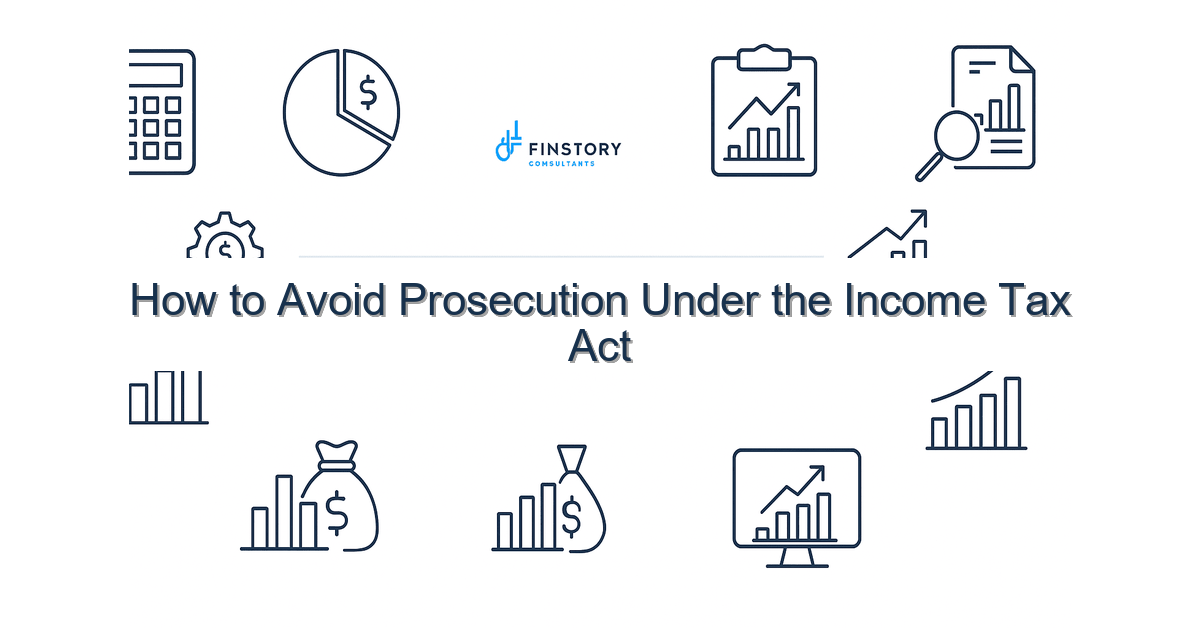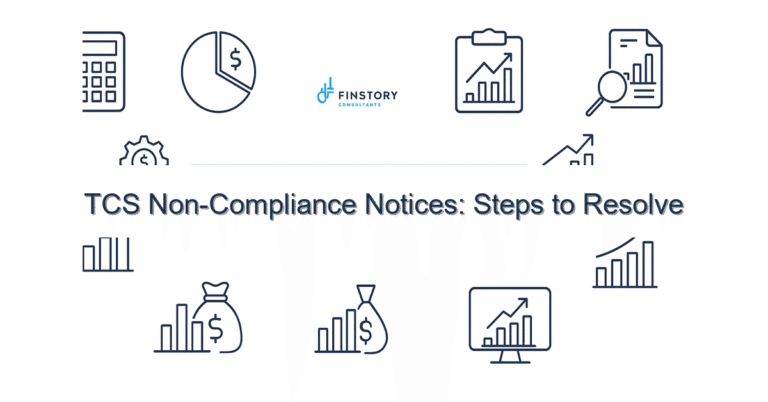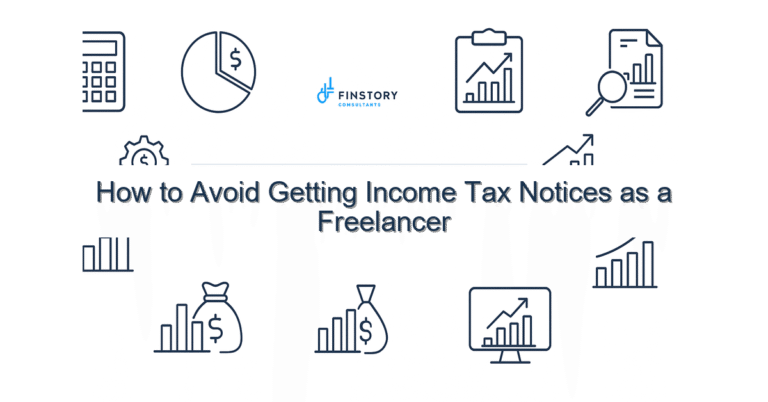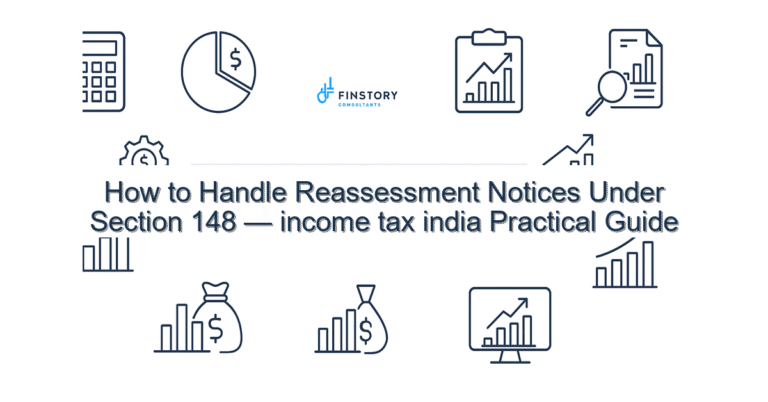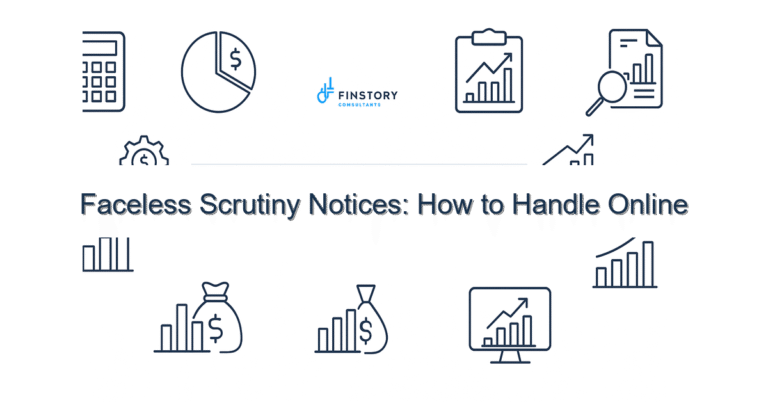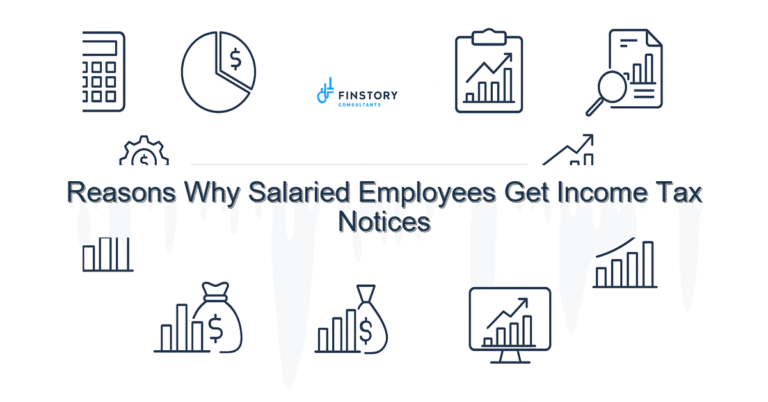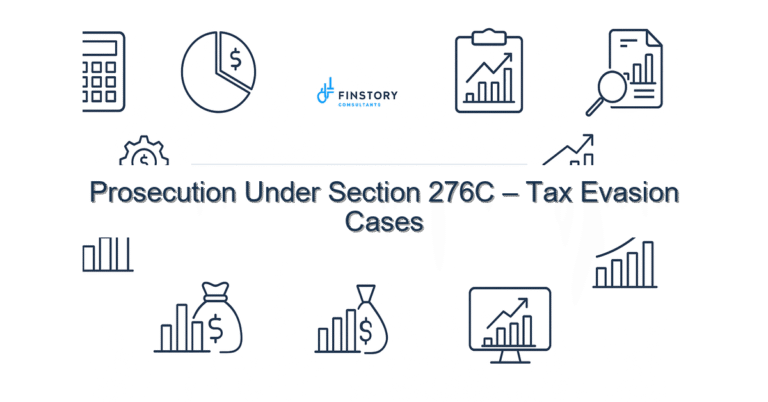How to Avoid Prosecution Under the Income Tax Act
Facing an income tax notice is stressful. The jump from a notice to prosecution feels like a legal maze most salaried employees, professionals, founders and MSMEs are not prepared for. You are not alone; small mistakes, mismatches or delays trigger disproportionate fear about income tax india enforcement.
Summary: The key takeaway is simple: prosecution under the Income Tax Act is avoidable with timely documentation, accurate disclosures, prompt payment of taxes, and a clear remediation plan. Follow a structured approach and consult early to convert risk into compliance.
What’s the real problem in India?
The Indian tax system is dense: assessment years and previous years (AY/PY), CBDT timelines, multiple forms and automated matching of data. The tax department now compares your ITR with third-party data such as AIS/26AS, TDS/TCS returns and information from exchanges, banks and registries. Small mismatches or late disclosures can escalate into scrutiny, penalties or, in rare cases, prosecution.
- Symptom 1: Unexpected income mismatch shown in AIS/26AS that you did not reconcile
- Symptom 2: Large cash deposits, unexplained capital gains, or high round figure transactions flagged by TDS/TCS
- Symptom 3: Repeated late ITR filing past the ITR filing last date with unpaid tax and interest
- Symptom 4: Reliance on memory for deductions like Section 80C limit claims and incorrect capital gains indexation
What people get wrong
Common pitfalls are not always about deliberate evasion. Many taxpayers slip because they misunderstand rules or rely on bad processes.
- Thinking that non-filing or silence reduces visibility. Automated systems make that false.
- Assuming TDS/TCS covers all tax liability. Mismatches often arise because gross receipts and exemptions are not reconciled.
- Mixing personal and business accounts, which blurs the audit trail for MSMEs and founders.
- Using incorrect bases for capital gains calculation and missing indexation benefits on long-term assets.
A better approach
Move from firefighting to a repeatable compliance routine. Here is a simple, practical framework to reduce the risk of prosecution.
- Detect: Monthly reconcile AIS/26AS, bank statements and your books to spot mismatches early.
- Disclose: Correctly disclose all income, and use the right heads (salary, business, capital gains) including accurate capital gains indexation and LTCG/STCG classification.
- Remediate: Pay outstanding tax, interest and file revised returns before the AO issues a notice wherever possible.
- Document: Maintain contemporaneous evidence for claims such as investments under Section 80C limit, rent agreements, invoices and valuation reports.
- Engage: If a notice arrives, consult a tax expert promptly to explore settlement or prosecution avoidance options like penalty negotiation or compounding where available.
Real-world example: A Bengaluru founder noticed a mismatch in AIS/26AS showing large bank credits. By reconciling his books and filing a revised return within 30 days, paying tax and interest of around 2.1 lakh rupees, he avoided prolonged scrutiny and potential prosecution. Proactive disclosure changed the conversation with the assessing officer.
Quick implementation checklist
- Download your AIS/26AS and compare with your books this week.
- Reconcile all TDS/TCS entries and raise corrections with deductors if needed.
- Ensure ITR is submitted before the ITR filing last date; if late, compute self-assessment and interest immediately.
- List all claimed deductions and gather proof for Section 80C limit, HRA, medical insurance and other benefits.
- Review capital transactions and compute gains with correct cost of acquisition and capital gains indexation.
- Separate personal and business bank accounts if you run a business or are a founder.
- Archive invoices, contracts and board resolutions in a central folder for the relevant AY/PY.
- If you find an omission, consider filing a revised return or voluntary disclosure before notices escalate.
- Set up TDS/TCS tracking and alerts to watch for unexpected credits or debits.
What success looks like
Measurable outcomes to expect when you follow the framework:
- Lower notice rate: fewer scrutiny and income tax india notices received year on year
- Fewer prosecutions started: timely corrections and payments reduce escalation
- Higher refund rates and faster ITR processing due to clean returns
- Reduced penalty exposure and interest outgo by early payment
- Clear audit trail for 5 to 8 previous years when needed by authorities
Risks & how to manage them
Risk cannot be eliminated, but it can be managed.
- Risk: Willful concealment allegations. Manage: Keep contemporaneous proof and records showing genuine intent to comply.
- Risk: Repeated mismatches from third-party TDS/TCS. Manage: Proactively correct deductor returns and maintain communications as evidence.
- Risk: Late filing penalties. Manage: If you miss ITR filing last date, file immediately and compute interest. Consider revised return where applicable.
- Risk: Complex capital gains and international transactions. Manage: Use expert help for correct capital gains indexation and transfer pricing matters.
Tools & data
Practical tools that make compliance easier:
- AIS/26AS on the income tax portal for third-party data reconciliation
- E-filing portal for ITR filing, revised returns and tracking notices
- TDS/TCS tracking tools and ledger exports from your payroll or accounting software
- Bank statement and UPI reconciliations and GST returns for MSMEs
For more resources, see our [link:ITR guide] and practical [link:tax-saving tips] on organising records and claiming deductions under the new vs old regime slabs debate.
FAQs
Q: What exactly triggers prosecution under the Income Tax Act?
A: Prosecution is generally considered when there is a willful attempt to evade tax, conceal income deliberately, or furnish false documents. Automated notices usually start with mismatch queries. Prompt correction and payment often prevent prosecution.
Q: If I pay tax and interest now, can I avoid prosecution?
A: Paying outstanding tax, interest and applicable penalties reduces the department s grounds to pursue prosecution. It does not guarantee immunity, but voluntary correction and good documentation significantly lower risk.
Q: Which documents should I retain to defend against notices?
A: Keep invoices, bank statements, rent agreements, investment proofs for Section 80C limit claims, TDS certificates, sale deeds for capital assets, and valuation reports where applicable. Maintain records for at least 6 years, and longer for litigated matters.
Q: I received a notice. What should I do first?
A: Do not panic or ignore it. Read the notice carefully, reconcile the point of difference with AIS/26AS, prepare a factual response, and consult an expert immediately. Timely, factual engagement is critical.
Next steps
If you want to reduce the risk of prosecution and build a clean compliance trail, start with a professional review of your last 2 to 4 years of returns and AIS/26AS reconciliation. We help salaried individuals, professionals, founders and MSMEs with practical remediation plans, penalty calculations and representation where needed.
Work with Finstory. Speak with an Expert for a personalised plan to reduce your tax outgo and stay compliant. Book a free 20-min consultation.
📞 Need help with Income Tax in India?
Book a 20-min consultation with our tax team. Individuals, founders & MSMEs welcome.
Prefer email or phone? Write to info@finstory.net
or call +91 44-45811170.
